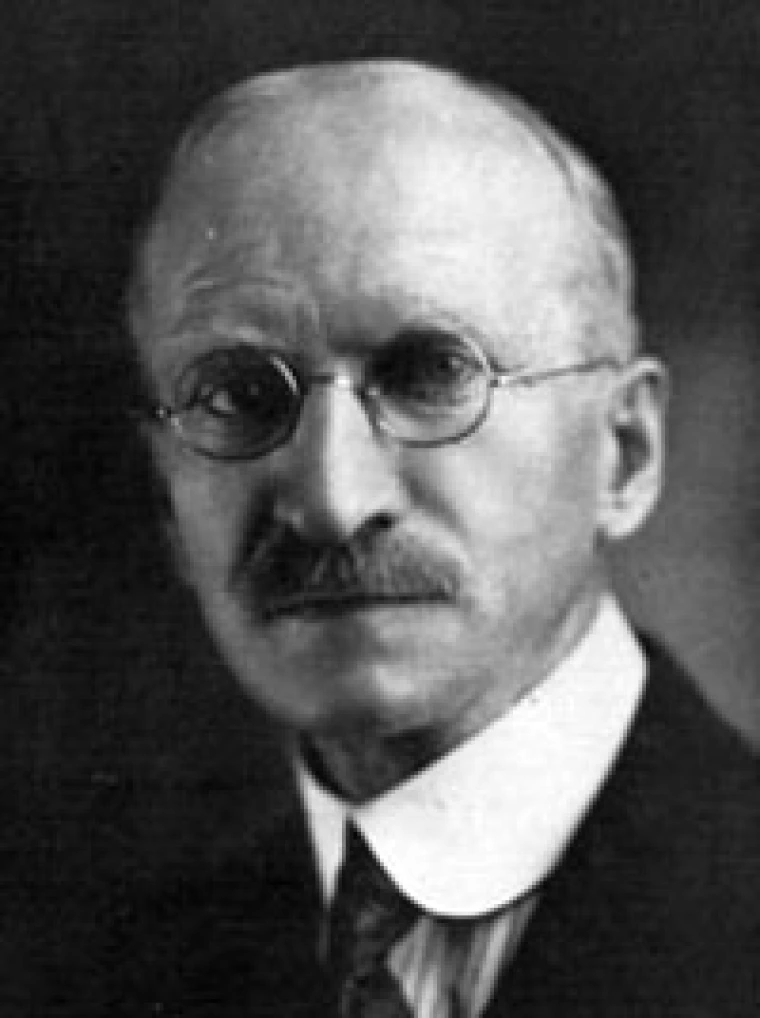Byron Cummings

Years: 1927-1928
Presidential Order: 9th President
Following President Cloyd Marvin, the Board of Regents appointed Byron Cummings acting president of the University of Arizona in early 1927. The regents also appointed an advisory committee composed of two members – C.T. Vorheis, from the College of Agriculture, and E.P. Mathewson, from the College of Mines.
In June, Cummings was formally named president. Since he did not want to remain the University’s chief administrator, the regents continued to search for a permanent successor to Marvin.
Cummings came to the University in 1915 to serve as professor and head of the department of archaeology. He became director of the Arizona State Museum, which had been created by territorial law in 1893.
Cummings held a Bachelor of Arts degree, a Master of Arts degree and a Doctor of Science degree from Rutgers University. He also completed studies at the University of Chicago and in Berlin. From 1917 to 1921 he was the dean of the UA College of Letters, Arts and Sciences. From 1918-1921, he was dean of men. Cummings received a doctor of law degree from the University in 1921.
In November 1927, the first Artist Series Program began with an opening concert by pianist Alexander Brailowsky. This concert marked the beginning of University sponsorship of the distinguished artist and concert series, which still continues to be available on campus to students, faculty and the Tucson community.
After his successor joined the University in June 1928, Cummings returned to the department of archaeology, the directorship of the Arizona State Museum, undertook more expeditions and became the acknowledged dean of Southwestern archaeologists.
He was the first to discover Pleistocene man in southern Arizona and his discoveries led to the eventual recognition of the Cochise culture that has been dated to before 6,000 B.C. He authored numerous articles, pamphlets and books about Southwestern cultures based on the sites and ruins he explored. One of his dreams was realized when in 1936 the doors of a new Arizona State Museum building were opened to the public.
He retired from the department of archaeology in 1937 and from the museum in 1938, but remained Director Emeritus until his death in Tucson in 1954 at the age of 93.

